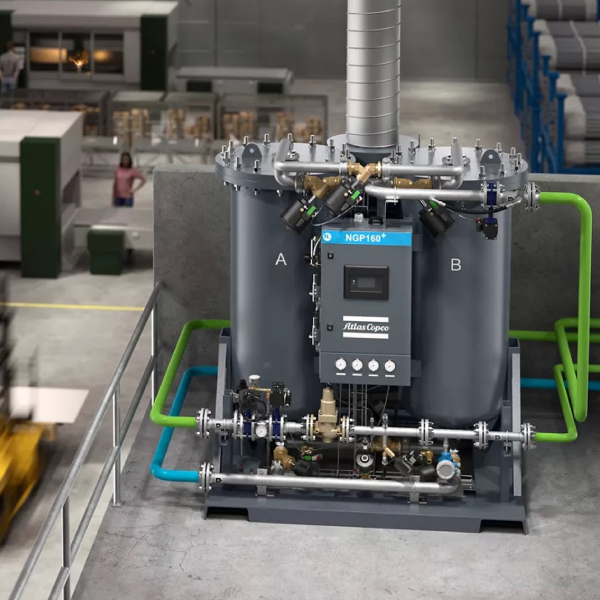The world of robotics and automation is constantly changing and advancing technologically with every step and global change. We asked Moshe Cohen, the VP of Sales of Automation Yeruham what are the latest and most prominent trends in robotic automation in the industry?



3 trends in the robotics and automation industry
We are witnessing an amazing change in industrial robotics, marked by several key trends:
1. Collaborative robotics are gaining traction thanks to their ability to work safely alongside human operators while improving productivity and safety.
2. The combination of AI and machine learning revolutionizes robotic capabilities, enabling adaptation to dynamic environments and optimization of task performance.
- The emergence of mobile and agile robotics satisfies the demand for flexibility in production operations. In addition, advances in human-machine interaction technologies improve the usability and cooperation between humans and robots.
What are the main challenges in adopting robotic automation for business?
One of the main challenges is navigating the cost of the initial investment and ensuring a sustainable return on investment (ROI). In addition, integrating robotic systems into existing manufacturing processes can be complex, requiring thorough planning to address compatibility issues. Ensuring safety and regulatory compliance is another critical challenge, especially with collaborative robots that share work environments with humans. Finally, bridging the skills gap and facilitating workforce transitions to accommodate automation are essential to adopting a smooth transition.
What is the future of robotic automation, given these advances and challenges?
Despite the challenges, the future of robotic automation is incredibly promising. As technology continues to evolve, we anticipate even greater efficiency, accuracy and productivity in manufacturing and beyond. Also, the difficulty in recruiting working hands for monotonous operations in all types of industry – starting with simple assembly operations, loading and unloading of products, flatbed, etc. Addressing challenges such as costs, integration, safety and workforce development will be essential in unlocking the full potential of robotic automation and realizing its impact on industry.
Thank you, Moshe, for sharing your valuable insights on this fascinating topic!




